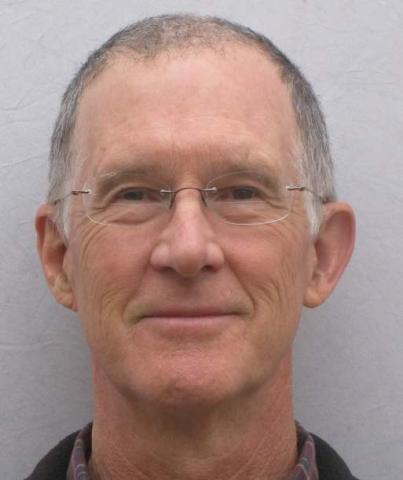event
The School of Biological Sciences Fall 2025 Seminar Series presents Dr. Mark Denny
Primary tabs
Abstract: I present two disparate studies at opposite ends of the animal size range. On rocky shores, splashpool copepods thrive in a hypervariable physical environment where temperatures can fluctuate 20°C in a day, oxygen concentration ranges from near zero to three times saturation, and salinity varies from near zero to 180 ppt. Faced with the correlated co-occurrence of these multiple stressors, Tigriopus californicus has evolved an innovative physiological strategy in which the response to one stressor automatically ameliorates the effects of another. These counteracting effects pose problems for predicting the consequences of climate change. Rorqual whales grow to extraordinary size by engulfing entire swarms of fish or krill, then rapidly concentrating prey by filtering them through a baleen sieve. Could accumulated krill clog the filter? Measurements of the hydraulic resistance of accumulated krill, coupled to a model incorporating the pressure applied to water in the buccal pouch by muscles and blubber, suggest that sieving works only if a fraction of the baleen window can be maintained clear of krill. It is unclear how that might be achieved. Important questions remain as to how baleen whales feed.
There will be a book sale and signing for two of Dr. Mark Denny's books: How the Ocean Works and Ecological Mechanics
Status
- Workflow status: Published
- Created by: ebossard3
- Created: 08/25/2025
- Modified By: ebossard3
- Modified: 09/09/2025
Categories
Keywords
Target Audience

